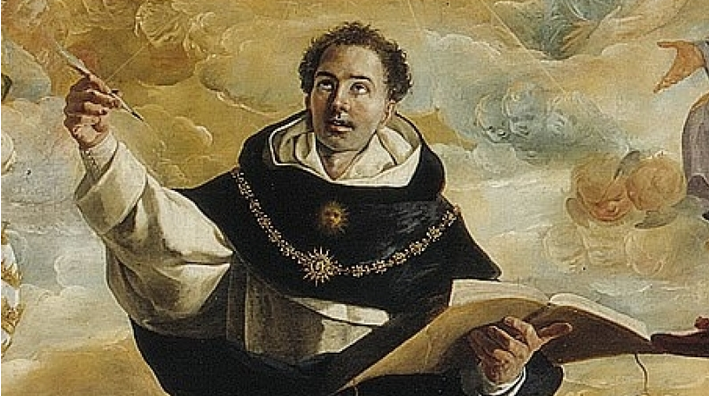

FAQs

Question
Are children welcome?
Answer
While we would love for everyone to be able to bring their children, space is a limiting factor. If you really desire for your children to attend, please make a note of it in your reply to the reception. We will let you know if any space becomes available. Do note that the children in the wedding will take precedence.
Question
Can I bring a date?
Answer
Unfortunately, we are very limited with space. If your invite says "and Guest" you have a plus 1. Otherwise, you do not have a plus 1.
Question
Are you registered? Where?
Answer
Yes! Please see our "Registry" tab for details.
Question
What time should I arrive at the ceremony?
Answer
The ceremony starts promptly at 12:30pm. Ideally, guests would arrive by 12:00pm, though we welcome you to arrive up to an hour early to pray. Confessions will be made available at 11:45am.
Question
What is a Solemn High Nuptial Mass?
Answer
A solemn high nuptial mass follows the traditional liturgical rite of the Church. All marriages prior to 1969 would have followed this form. Immediately noticeable is the order, reverence, beauty, and sublimity observed in offering the Church's highest prayer. The exclusive use of the Latin language in all but the homily further accentuates the solemnity and otherworldliness of the sacred rite.
Question
How do we follow along with the Solemn High Nuptial Mass if it is in Latin?
Answer
Pamphlets will be provided when you arrive at Holy Trinity for the Solemn High Mass. These pamphlets will have Latin-English translations for the Mass. The vows will be in English with some Latin prayers prayed by the priest and couple. Admittedly, newcomers to the traditional roman rite may find themselves lost at times, as many prayers are prayed in near silence, and the Latin language further veils the priests words and actions. But rather than view this as a hindrance, newcomers are encouraged to consider that, just as listening to Latin can be mysterious, so is the mass itself a mystery. They should, therefore, observe with a prayerful heart, and take in that mystery.
Question
Who can receive the Eucharist?
Answer
Catholics believe that receiving the Eucharist is the most profound moment of union with Christ. It is the holiest action that can be performed on earth, and the greatest gift given to man. It is not merely something done out of ceremony or routine, nor out of human respect. The Church has always taught that, to receive communion, one must be a baptized Catholic in a state of grace. The state of grace means that one is not aware of any mortal sins on their soul, and they agree with and abide by all the teachings of the Church without exception, including the belief that Jesus is truly present Body, Blood, Soul, and Divinity in the Eucharist. To fail to observe these requirements of the Church and receive communion unworthily is a very grave sin in itself. Those who are aware of any mortal sins on their soul will have the opportunity to have those sins forgiven in the sacrament of confession, which will be offered before mass.
Question
Why is the Eucharist given on the tongue only by a Priest?
Answer
As explained above, the Eucharist is the holiest gift the Church has, because it is Christ Himself. In accordance with the proper reverence due such a gift, Communion is traditionally given while kneeling, and only on the tongue using an Altar Rail. Those who cannot kneel due to age or infirmity may stand, but should still only receive on the tongue. St. Thomas Aquinas (1225-1274) "Out of reverence towards this sacrament [the Holy Eucharist], nothing touches it, but what is consecrated; hence the corporal and the chalice are consecrated, and likewise the priest's hands, for touching this sacrament." (Summa Theologica, Part III, Q. 82, Art. 3, Rep. Obj. 8) Pope John Paul II "To touch the sacred species...is a privilege of the ordained."(Dominicae Cenae, 11) "It is not permitted that the faithful should themselves pick up the consecrated bread and the sacred chalice, still less that they should hand them from one to another." (Inaestimabile Donum, April 17, 1980, sec. 9)
Question
Is clapping allowed at mass?
Answer
Please do not clap at any point during or after the Solemn High Nuptial Mass out of respect for the beautiful liturgy. “It is not fitting to applaud the servant in the house of his Master.” - Pope St. Pius X “Wherever applause breaks out in the liturgy because of some human achievement, it is a sure sign that the essence of liturgy has totally disappeared and been replaced by a kind of religious entertainment." - Cardinal Joseph Ratzinger (Pope Benedict XVI) We view this Mass as one of the most important moments of our lives, clapping may feel right to some, but to us it would be disrespectful to our Lord. We understand you are happy for us as a couple, but please share your joy in clapping for us at the reception!
Question
I am Catholic but am not familiar with the Latin Mass, what do I need to know?
Answer
The most important thing is to maintain a quiet and reverent demeanor within the church. The laity do not respond in the traditional mass, nor do they imitate the priests actions. You can follow along with the Latin in one of the red books, which has the Latin on one side and the English on the other. Ladies may cover their heads, but do not need to. Also, the Latin Mass does not offer communion in the hand. If you are a practicing Catholic in a state of grace and you want to receive communion, please process up to the altar rail at the appropriate time. There you will kneel and receive the Eucharist on the tongue. You do not need to say "Amen" as the priest says that for you.
Question
What does "church appropriate attire" mean?
Answer
For men: Suits are preferred, though a minimum of slacks and a dress shirt with tie should be observed. Hats are welcome, though they should be removed in the church itself. For women: No tight clothing. Necklines should show no cleavage. Dresses must cover the knee when seated. No slits in the legs please. Note: Traditional Catholic women often cover their hair during Mass, so you may see other ladies wearing veils, scarves, or hats. This is not a requirement and you are under no obligation to do so.
Question
Thank you!
Answer
Thank you for reading all of these FAQs! If you have questions about the Mass, Reception, etc., feel free to reach out to either Marie or Nick! We can't wait to celebrate with you on our special day!